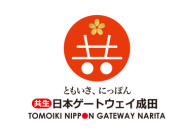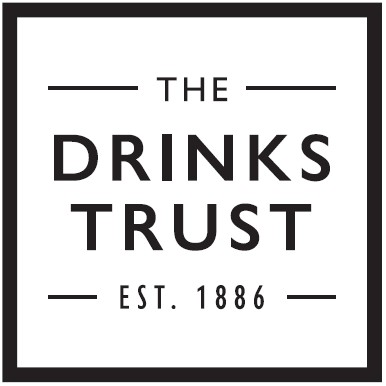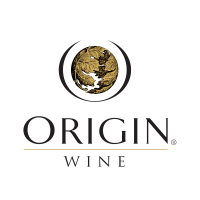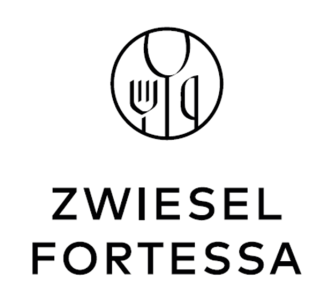In 2023, Japan's total sake production was approximately 304,574 kiloliters, according to the latest available data from the National Tax Agency of Japan. This continues a downward trend that has lasted for decades - a development that poses a significant threat to the industry and raises concerns about the preservation of Japan's beverage culture. Yet, within Japan's core sake market, breweries across the country are pursuing new initiatives at a level rarely seen before. Reflecting this renewed vitality, sake exports now account for nearly 10% of total production, performing strongly despite the overall decline in domestic output.
The following offers a glimpse into this vibrant and evolving sake scene.
In-house cultivation: A sustainable future
A clear trend among breweries today is the move toward in-house cultivation of sake rice. The industry, like many others, has been affected by global warming. In recent years, Japan has seen poor rice harvests severe enough to prompt what some have called a "Reiwa rice crisis," and the rising cost of raw rice has become a pressing issue. In response, many breweries are seeking to secure a more stable supply of rice by establishing agricultural corporations, acquiring their own fields, or engaging in contract farming.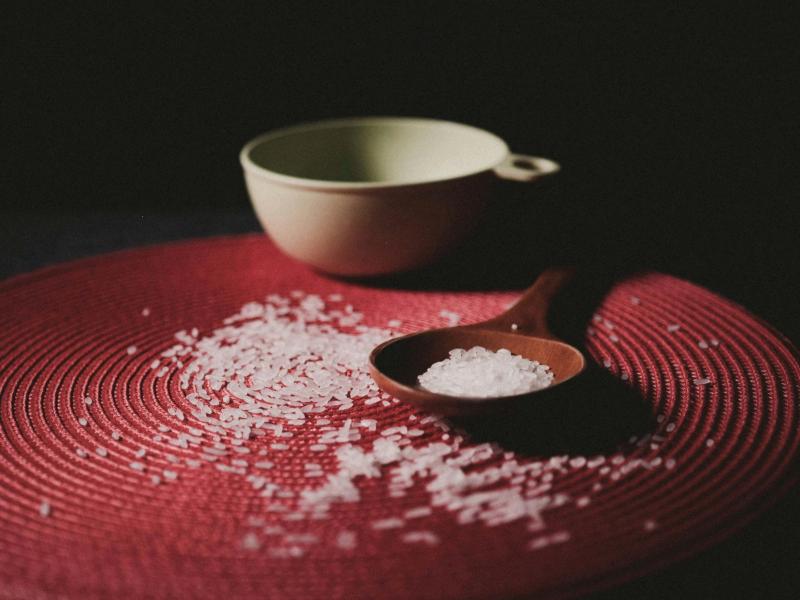
One notable example is Watanabe Sake Brewery in Itoigawa, Niigata Prefecture, facing the Sea of Japan. The brewery has fully implemented a "domaine-style" model, cultivating all of its rice in-house across 112 rice fields spanning 19 hectares in the Nechi Valley. It also has achieved the highest proportions of first-grade Gohyakumangoku and Koshitanrei rice in the prefecture, producing sakes with a savory character that evokes a sense of nostalgia. While few have reached such an extreme level, many breweries across Japan are steadily advancing efforts to cultivate their own sake rice.
Another major topic in today's sake scene is the diversification of polishing ratio. I would like to describe this movement as a kind of "liberation from polishing ratio." Traditionally, most sake was brewed with polishing ratio from as high as 75% to as low as 35%, confined within a 40-point spread. However, we are now seeing sake brewed with polishing ratios approaching either extreme, as low as nearly 0%, and some as high as almost 100%.
Correspondingly, the flavor and aroma profiles of sake have also become increasingly diverse. A notable example is "Reikyo" produced by Niizawa Sake Brewery, known as the pinnacle of ultra-low polishing ratio sake and one of the most expensive bottles in the market. On the other end of the spectrum, "Nirugame" made by Aramasa Sake Brewery in Akita Prefecture with rice polishing ratio around 90% has become one of the most sought-after sake on the market. This increasingly enjoyable and diverse movement has become a trend that should not be overlooked.
The sparkling category within the sake industry has also begun to thrive. Many sake breweries are now producing sparkling sake, and output is steadily increasing. Prior to the pandemic, personally I had the opportunity to be involved in a sake promotion in Los Angeles. During that project, I was astonished by the market research results, which revealed that sparkling sake was extremely popular among local sommeliers. One renowned Master Sommelier active in that market commented, "Sparkling sake is a wonderful, high-quality beverage that brings diversity to the aperitif segment, even in wine-led markets."
In Japan today, groups of sake breweries dedicated to brewing sparkling sake are gaining visibility. A wide range of production methods are now in use: carbonated lightweight style, pét-nat, bottle-fermentation style, leading to an ever-growing diversity of sparkling sake.
Notable examples include "Awakage," a Charmat method sparkling sake produced by Shata Shuzo in Ishikawa prefecture known for their traditional yamahai techniques, and Yamanashi Meijo whose sake won the Champion award at the International Wine Challenge 2025, is also producing a style of long-aged sparkling sake using old vintage genshu. Clearly, sparkling sake has grown into a category that can no longer be overlooked.
Another notable trend in the current sake industry is the shift toward lower alcohol content. While undiluted sake (genshu) with alcohol levels of 17–18% was once common, this has now generally decreased to around 16–17%. In fact, 13–14% has become a popular standard for many sake breweries, and sparkling sake with as little as 5% alcohol is widely available. This trend is likely influenced by the global movement toward lighter foods and beverages.
However, Hidehiko Matsumoto, owner of Nichinichi Jozo in Kyoto, notes: "As warming temperatures lower the extract levels in sake rice, controlling alcohol content helps ensure a true sense of depth and completeness in flavor." In addition, Yusuke Sato, owner of Aramasa Sake Brewery mentioned earlier, explains, "Since I personally have a low tolerance for alcohol, I genuinely enjoy sake more at lower alcohol." Sake from these brewers typically falls within the 10–13% range, reflecting an ongoing shift in the market toward lower-alcohol.
The above has outlined some of the most advanced trends observed in Japan's sake market. However, the examples mentioned such as in-house cultivation of sake rice, liberation from polishing ratio, sparkling sake and the trend toward lower alcohol content, represent only a part of the contemporary sake scene. Other noteworthy developments include the success of sake brewed with wine yeast, the introduction of a fruity-style futsu-shu by large sake breweries, and the emergence of ultra-premium sake made using sustainable rice farming practices adopted by leading sake breweries. The list could go on indefinitely, today's sake industry is indeed a field full of dynamism.
As we move into a new era for sake, it is important to respect established traditions while also remaining attentive to new trends from a variety of perspectives. We hope to contribute to the development of a better sake market for both consumers and the industry. At the same time, we sincerely hope to convey that sake is not merely an alcoholic beverage, but a meaningful part of Japanese culture.

The New Spirit of Sake: Innovation Amid Decline
Although domestic production continues to fall, Japan's sake producers are reviving this ancient beverage through sustainability, innovation, and export success.
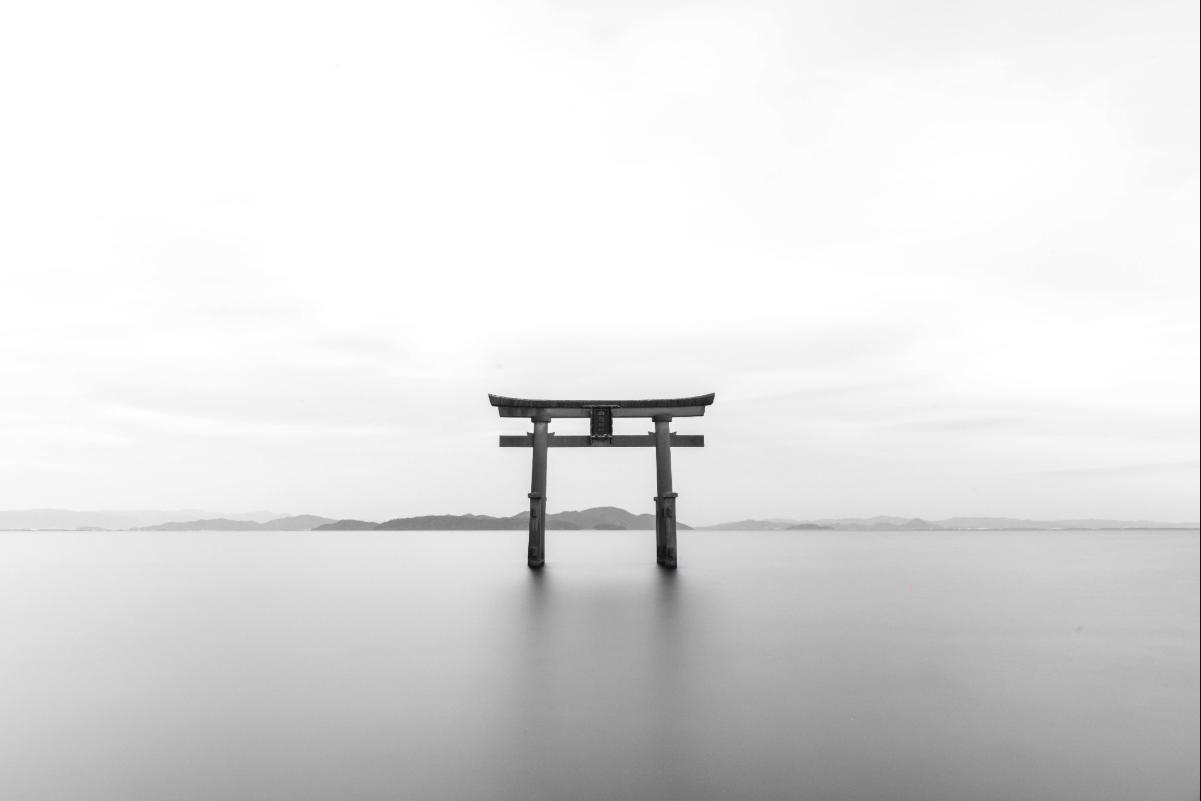
Japan's sake industry is undergoing a transformation










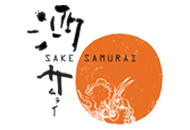
.png)
